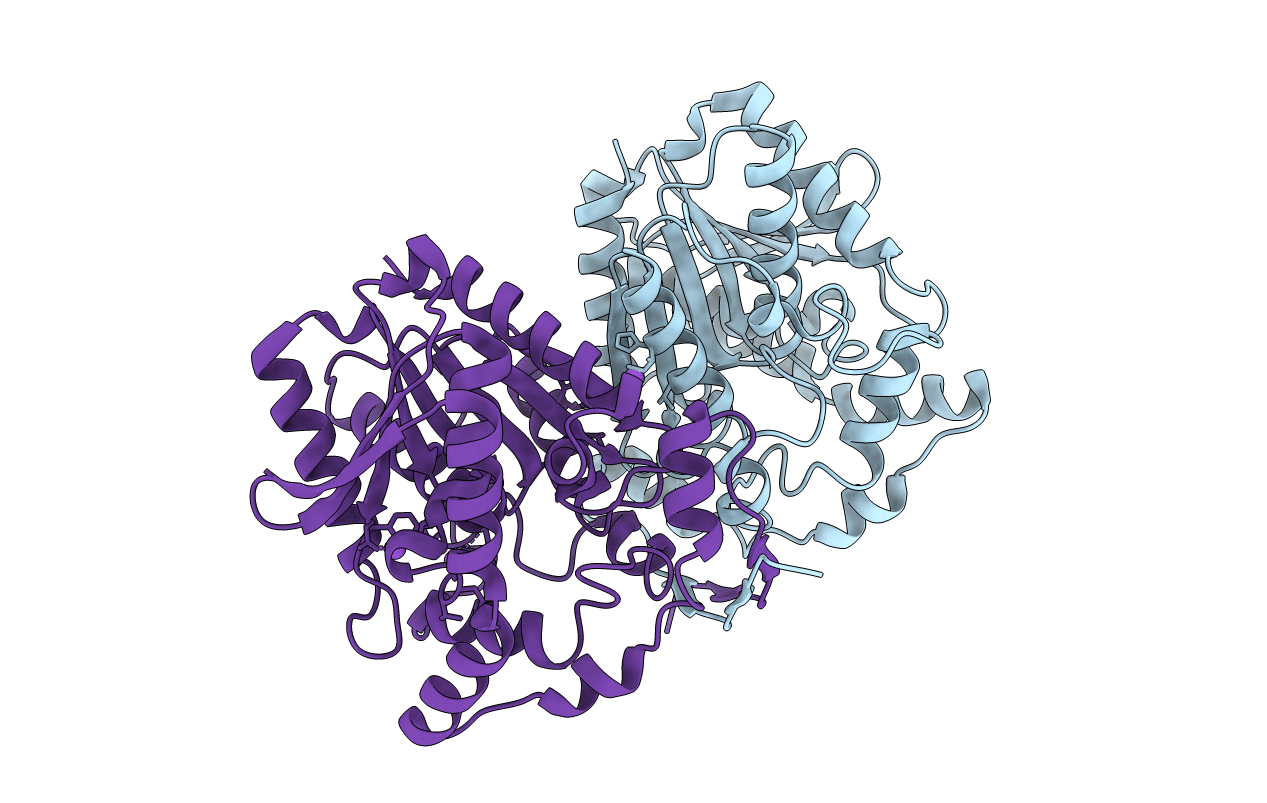
Deposition Date
2014-03-31
Release Date
2014-06-04
Last Version Date
2024-04-03
Entry Detail
Biological Source:
Source Organism:
uncultured bacterium (Taxon ID: 77133)
Host Organism:
Method Details:
Experimental Method:
Resolution:
2.05 Å
R-Value Free:
0.19
R-Value Work:
0.16
R-Value Observed:
0.16
Space Group:
P 31


